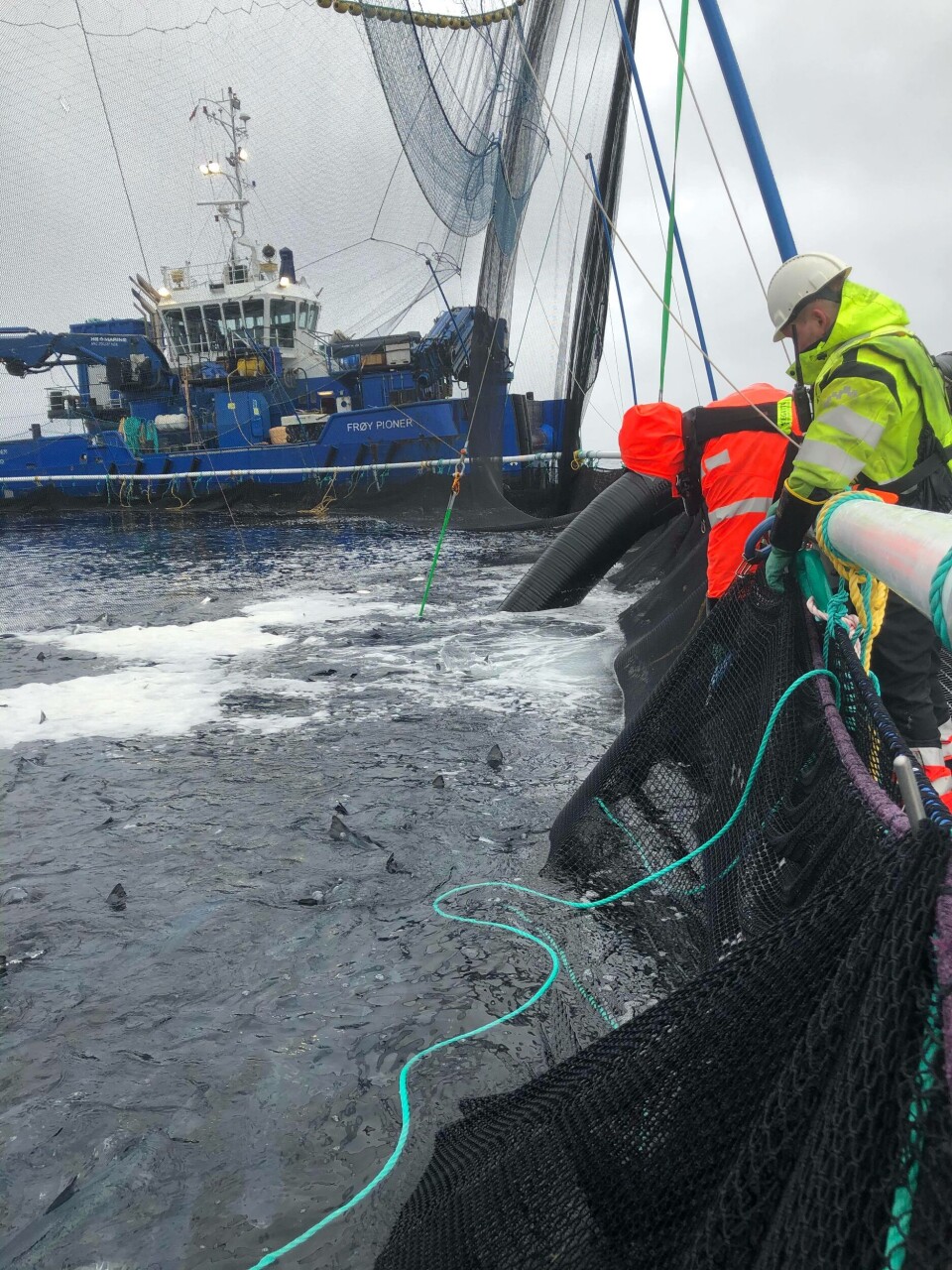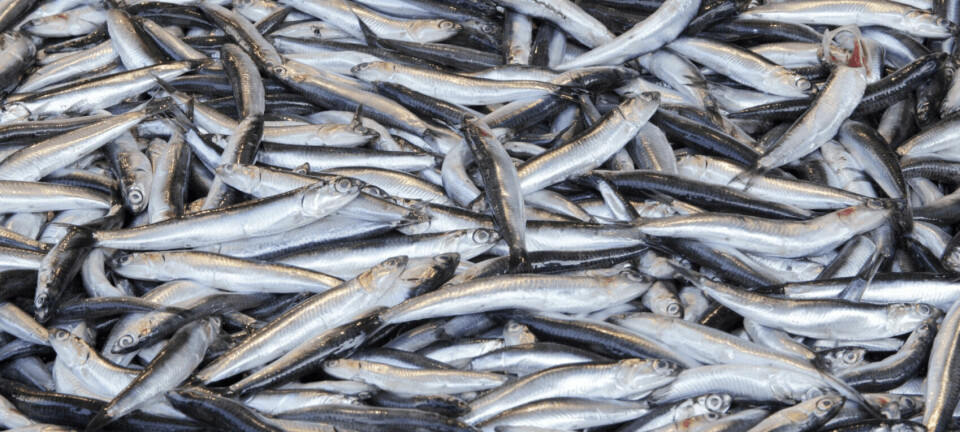
How SalMar has halved lice treatment mortality
A strong focus on details and teamwork has helped Norwegian salmon farmer SalMar almost halve the number of fish that die as a result on mechanical delousing operations.
SalMar, which co-owns Scottish Sea Farms, relies almost completely on mechanical delousing following the industry’s move away from medicinal treatments.
“Hydrolicer accounts for the majority, in addition to some limited use of thermal de-lousing,” said Dani Emil Edvartsen, operations manager for SalMar’s non-medicinal treatments.
“Using the Hydrolicer, we have reduced mortality by half since 2018. We have also managed this for other methods,” added Edvartsen, although he wouldn’t say what the mortality levels were and are.

‘Every fish matters’
The reduction on mortality is the result of a significant effort by the company, said Edvartsen. The mantra has been that every single fish matters.
“Every fish that dies is one too many. Therefore, our goal is for every single individual to go out on the other side (of the treatment process) in equally good condition. It may sound a little naive that it should not go wrong with anyone, when there are so many fish that go through, but that is the goal,” he said.
“In 2020, we processed approximately 3.47 fish per second, around the clock, all year round. That indicates something about the huge number of fish that go through.”
Raising competence
Edvartsen said that in the process of improving the welfare of the fish being de-loused, SalMar has focused intensively on the work of getting the fish through the system in a good way.
“We make sure to build good teams and ensure that people have ownership of the process. We work to raise the competence of everyone, whether they are working on the cage ring, on the barge or in the support vessel. People must interact well in teams,” he stressed.

Day and night de-lousing
When a de-lousing operation begins, it is a 24-hours-per-day operation with two shifts per operating site. There are usually seven people on the barge that houses the Hydrolicers, there are typically two support vessels with a crew of four, in addition to the two to four who work on the site.
The company’s non-medicinal delousing department has around 50 employees and five SalMar-owned dedicated support vessels. In addition, other support vessels are rented.
“There will be a lot of planning work from when we see that we have to treat, on the way to treatment, and not least for evaluation afterwards. This is to ensure that we perform the operation in the best possible way and that everything is in place for success,” said the operations manager.
Fish health expertise
In addition, he can call on on the fish health expertise of veterinarians and fish health biologists in the company.
“There is a focus on close collaboration with fish health - and we are constantly working to strengthen the welfare focus and competence for those who manage the operation. People are the success,” he said.
“We have established a separate non-medicinal de-lousing department with dedicated people who work in teams, and who are constantly evolving.”
Frontline workers
Edvartsen reserves special credit for those on the front line of the de-lousing operations.
“Those on the ring and those who operate the equipment, they are the ones who make the biggest difference,” he said.
“At the same time, an awful lot of people have done a lot right and gained unique experience. What’s more, the equipment has improved, and we and others have contributed to its further development.”
Collaboration with Smir
SalMar works with the Hydrolicer manufacturer, Smir.
“We do not always do as the manufacturer says, but the collaboration with Smir is very good,” he said.
“Together with them, we have tried out a lot that has been successful.”
A longer version of this article is available (in Norwegian) in the latest edition of Norsk Fiskeoppdrett (Norwegian Fish Farmer) magazine.




















































